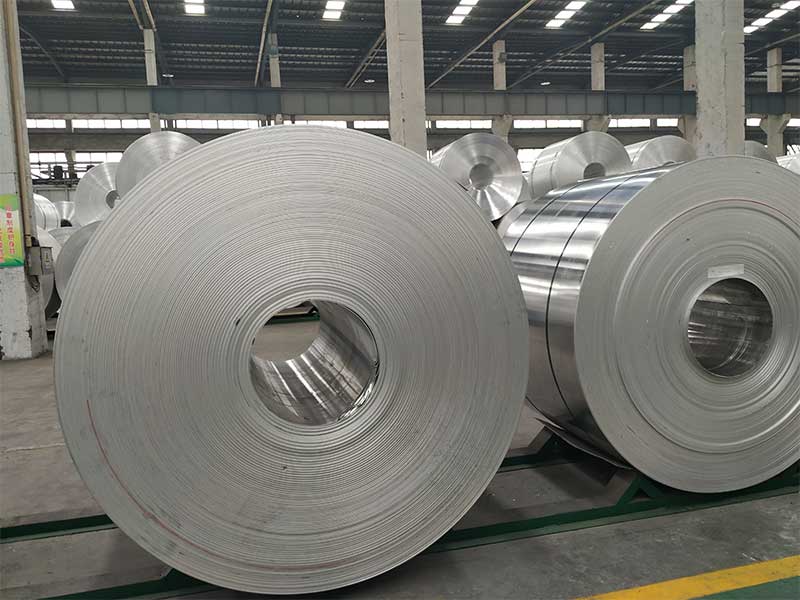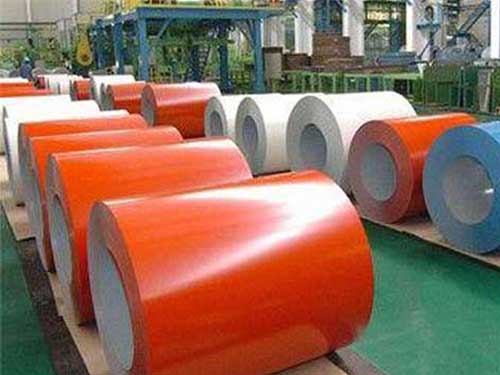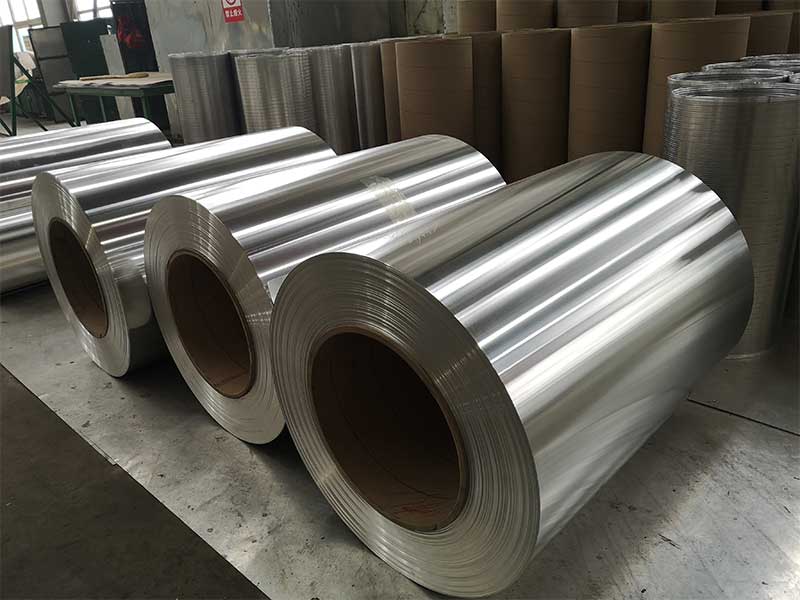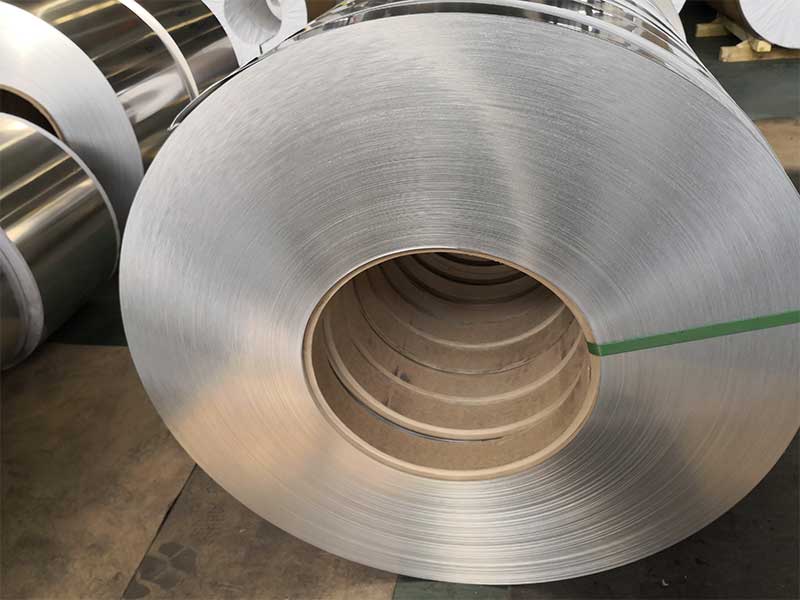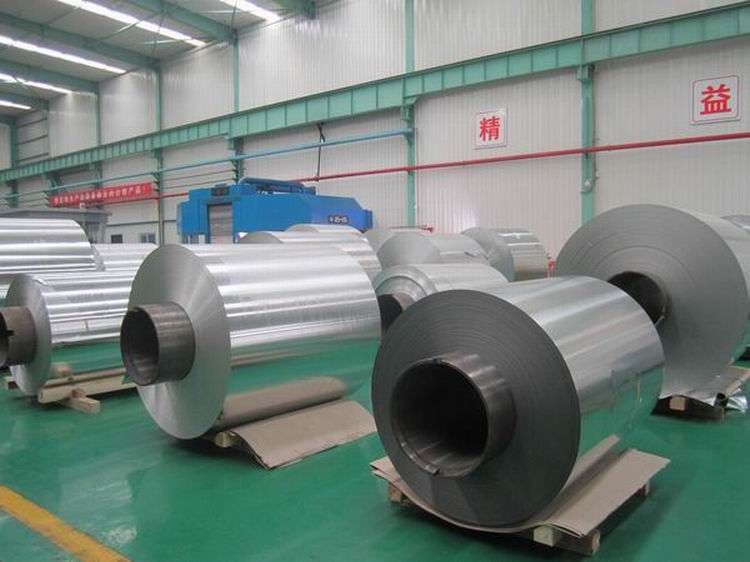Aluminum coils are critical components in various industries due to their unique characteristics, which include high corrosion resistance, lightweight, and excellent workability. In particular, three aluminum alloys — 3003 O, 3005 CC, and 5052 O — play pivotal roles in manufacturing and fabrication across diverse applications.
Properties of Aluminum Alloys
Alloying elements can significantly alter the physical and mechanical properties of aluminum, affecting their suitability for various applications. Below is a comparison of the selected chemistries and major features of the 3003, 3005, and 5052 aluminum coils.
Chemical Composition
| Alloy | Aluminum (Al) | Copper (Cu) | Manganese (Mn) | Magnesium (Mg) | Silicon (Si) | Zinc (Zn) | Iron (Fe) |
|---|---|---|---|---|---|---|---|
| 3003 O | 96.0% min | 0.12% - 0.20% | 1.0% - 1.5% | 0.10% max | 0.6% max | 0.10% max | 0.7% max |
| 3005 CC | 95.0% min | 0.2% max | 0.5% - 1.0% | 0.5% - 0.8% | 0.6% max | 0.10% max | 0.7% max |
| 5052 O | 92.0% min | 0.10% max | 0.40% max | 2.2% - 2.8% | 0.25% max | 0.10% max | 0.4% max |
Alloy Tempering Conditions
The tempering of aluminum coils greatly influences their mechanical strength and formability. Here are the typical temper designations for the alloys in outlined transnational manners, where "O" denotes a fully annealed product:
| Alloy | Temper | Condition | Application |
|---|---|---|---|
| 3003 O | O (Annealed) | Soft and ductile; good workability | Cooking utensils, storage tanks |
| 3005 CC | CC | Work-hardened, relatively high strength | Residential siding, mobile homes |
| 5052 O | O (Annealed) | Excellent formability and corrosion resistance | Marine environments, automotive parts |
Functions and Applications
Each alloy variant offers distinct properties that lend themselves well to varied applications:
1. 3003 O Aluminum Coil
Functions
- Good workability and weldability
- Ideal for forming and work-hardening processes
Applications
- Cooking and rotating equipment (e.g., stoves, refrigerator linings)
- Chemical equipment and tanks thanks to corrosion resistance
2. 3005 CC Aluminum Coil
Functions
- Higher strength compared to 3003
- Moderately ductile, making it suitable for stretching and deep drawing
Applications
- Structural and architectural sheets, including residential siding and storefronts
- Producing mobile homes, residential units, and other large-scale buildings that may require durable areas like roofs
3. 5052 O Aluminum Coil
Functions
- Exceptional weldability coupled with medium to high strength
- Superior resistance to corrosion, particularly in marine environments
Applications
- Manufacturing of marine components such as boats and docks
- Used extensively in fuel tanks and pressure vessels where conditions demand sustaining strength
Technical Specifications
Below is a detailed technical outline characterizing the 3003, 3005, and 5052 alloys regarding their modern pyramidal stateworks.
Mechanical Properties
| Alloy | Yield Strength (MPa) | Ultimate Tensile Strength (MPa) | Elongation (%) |
|---|---|---|---|
| 3003 O | 110 | 165 | 25 |
| 3005 CC | 175 | 210 | 12-20 |
| 5052 O | 130 | 280 | 12-14 |
Advantages
- Corrosion resistance: All three alloys demonstrate high resistance to corrosion, allowing extensive use in environments exposed to humidity and moisture.
- Ductility and strength: Especially in forging and flexible applications, these alloys help maintain form even under impact.
Standards and Regulations
When dealing with aluminum alloy products, especially when they require compliance with specific industrial standards, checking the following manufacturing criteria is necessary:
- ASTM B209: Standard Specification for Aluminum and Aluminum-Alloy Sheet and Plate
- ASTM standards for specific applications relating to olidity in processed materials if deformation characteristics are mandated.


